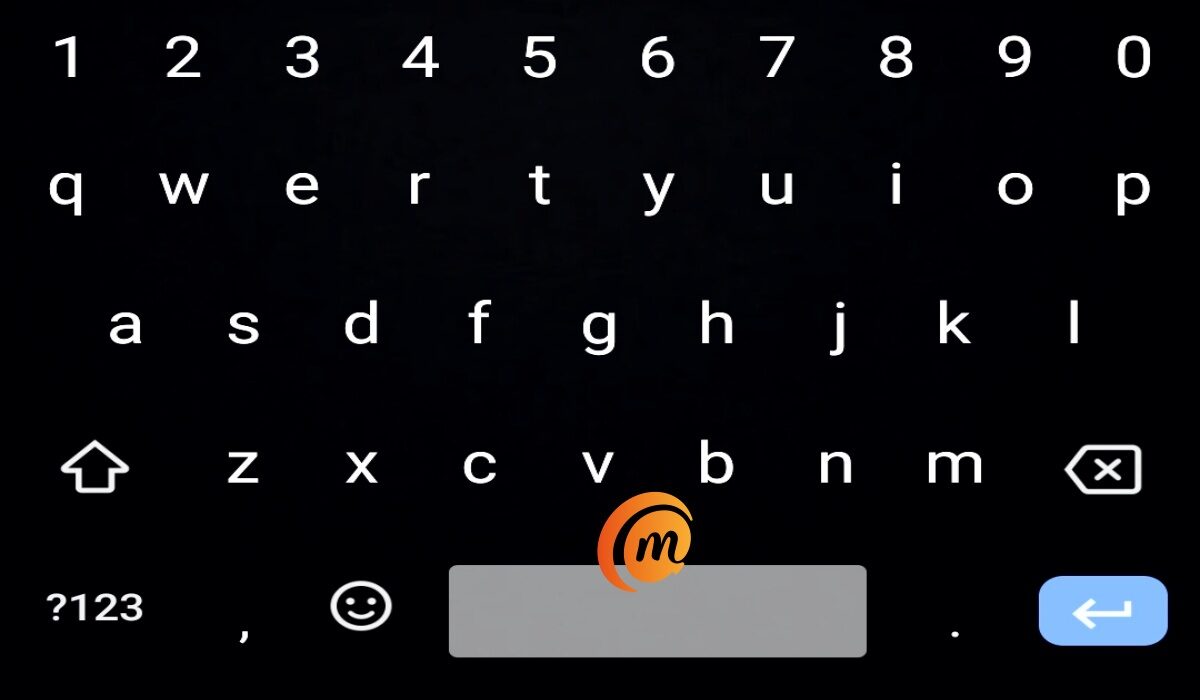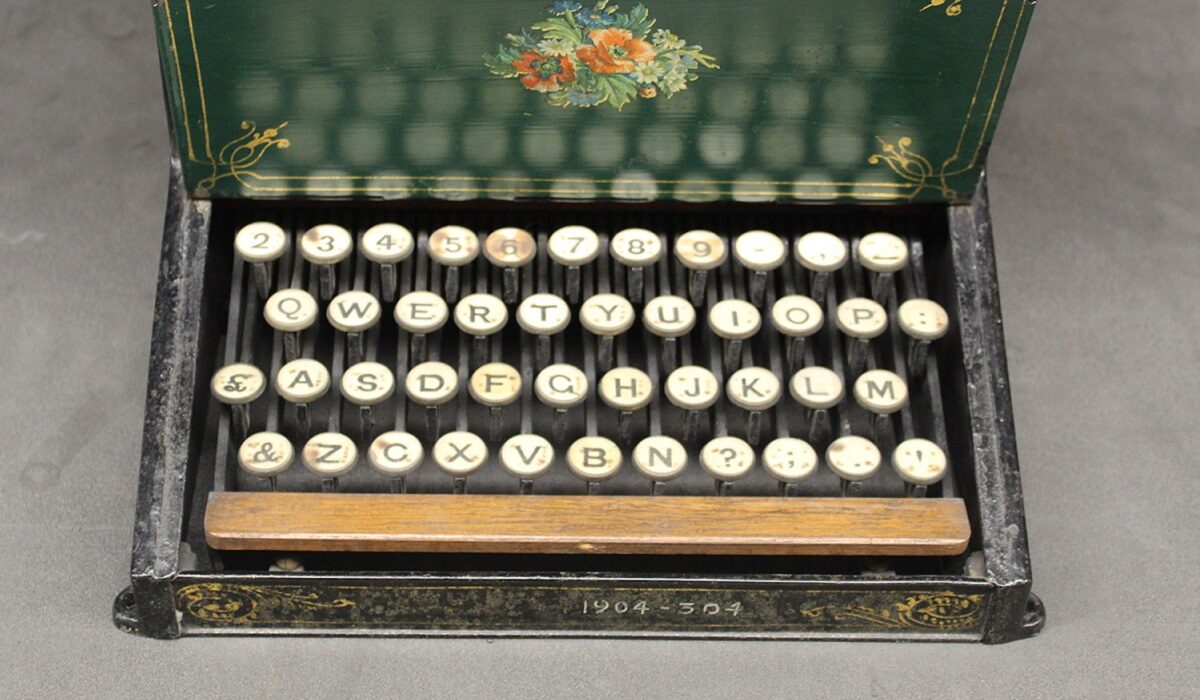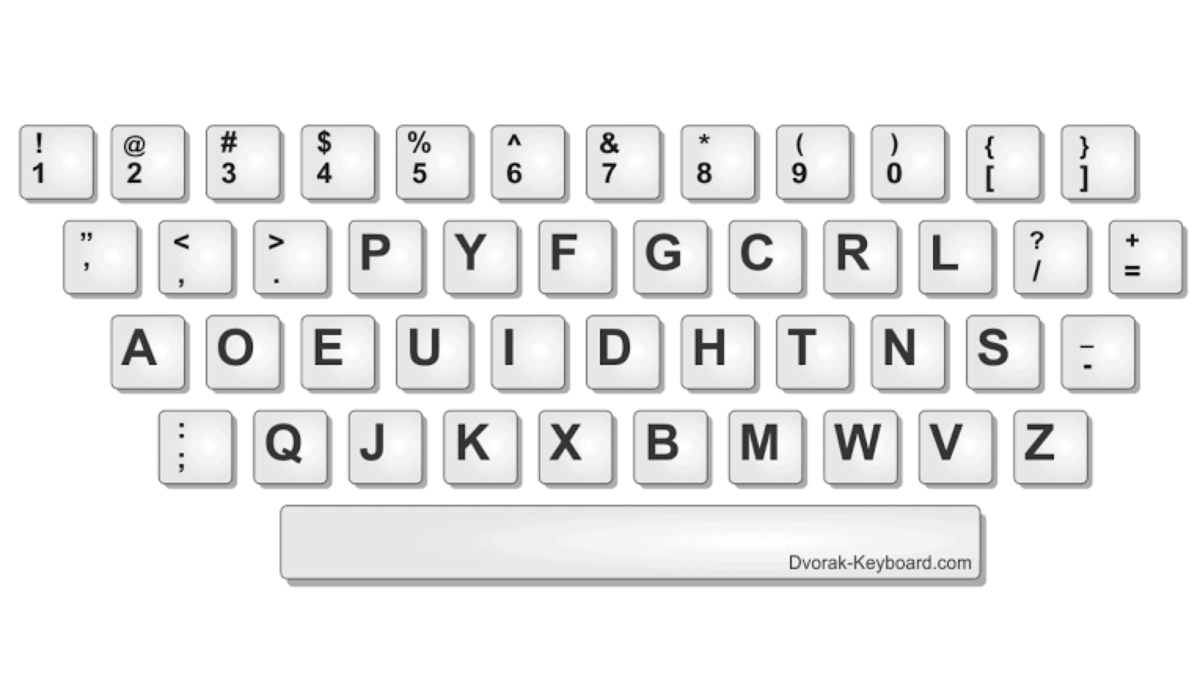The QWERTY keyboard is the most widely used, and the most versatile, keyboard layout in the history of man. And whether you prefer to use it in hardware or on a touchscreen, it does not look like it is going away soon. Let’s look at a few historical facts about it and why it is so damned good.
A keyboard is a text input tool that allows a person to enter letters, numbers, and other characters. Decades ago, the QWERTY keyboard started out on the humble typewriter, a non-electronic gagdet. But the computer arrived and it transitioned to that as well and became an electronic too too. And when PDAs and mobile phones arrived, it was only a matter of time before it became a part of their DNA too.
The QWERTY keyboard is the standard typewriter and computer keyboard in countries that use a Latin-based alphabet. And it has evolved from its humble hardware beginnings to the highly versatile virtual tool that hundreds of millions of people use today.

History of the QWERTY keyboard
The QWERTY keyboard layout had its first iteration by Christopher Sholes. Which is why it is also called the Sholes keyboard. In 1874, Sholes invented the typewriter, with a keyboard design that had an early version of what we know today.
There is a story that claims otherwise though[1], and says that the QWERTY keyboard is the result of a long, complicated process beyond one person.

The above picture is that of a Sholes keyboard, and the keys do not all match what we have on today’s QWERTY keyboard, so there might be some merit to the submission that the development of the design “was complex, evolutionary, and quite sensible for Morse operators”.
By the way, the name “QWERTY” is derived from the first six letters in the top row of the keyboard.
The QWERTY keyboard alternatives: Other key layouts
There are some common alternatives to QWERTY. They are variations of it, though, if we are bing honest. They have the positioning of some letters different and include other special characters required for the languages they are used for.
AZERTY keyboard: This is the French equivalent of the QWERTY keyboard. It is name is also derived from the first 6 letters in the top row.
QWERTZ keyboard: This is also called Swiss keyboard, and is used in German-speaking countries. The name is also derived from the first 6 letters on the top row.
Dvorak keyboard: This has a layout that is totally different from that of QWERTY, AZERTY, and QWERTZ. It was designed to provide a faster typing experience by making the most commonly available characters easier to reach.

There are reports and counter-reports, arguments and counter-arguments as to whether typing with Dvorak is really faster than typing with QWERTY. One US Navy study “found that it took an average of only 52 hours of training for those typists’ speeds on the Dvorak keyboard to reach their average speeds on the qwerty keyboard. By the end of the study their Dvorak speeds were 74 percent faster than their qwerty speeds, and their accuracies had increased by 68 percent.”[2]
The study has been contested though. Others who have actually used Dvorak say it is fast but for different reasons. A The Verge contributor who has used Dvorak for over 10 years says QWERTY users are not missing much.[3]
what is not in contest is that the QWERTY keyboard has stood the test of time and continues to march on. In the smartphone world, we have mostly ditched hardware keyboards for on-screen typing. But we have stayed with the almighty QWERTY keyboard.
References
